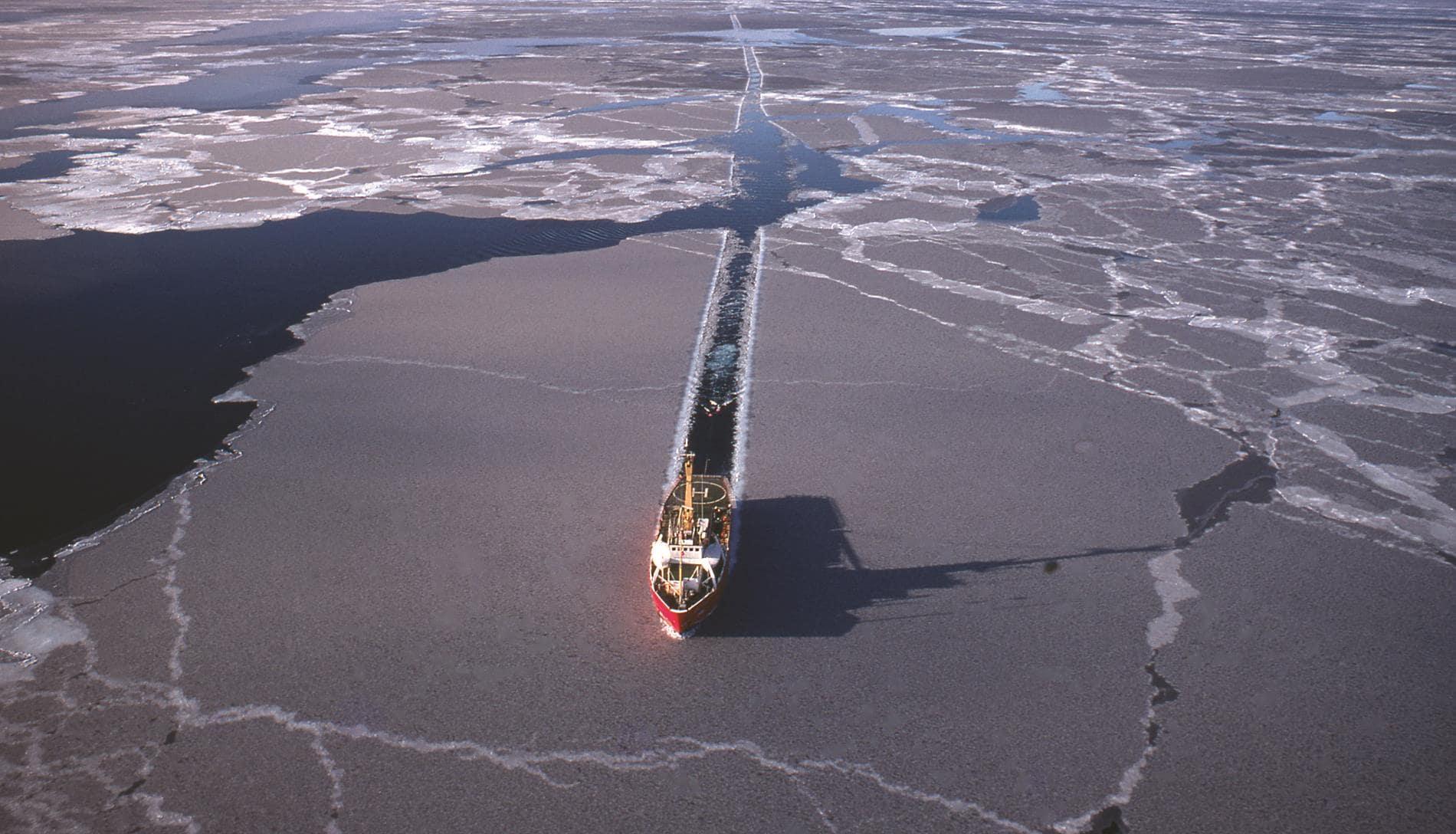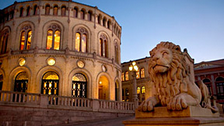Government
January 31, 2017
administrator
The form of government in Norway is a constitutional monarchy with a parliamentary democratic system of governance. Citizens of legal age are able to participate in the Norwegian national assembly or county and municipal councils. This derives from the Constitution of Norway, adopted in 1814, which states that Norway is a monarchy where the power is divided between three areas; the legislative, the executive, and the judicial.
The government serves as the executive power, mainly submitting bills and budget proposals to the Norwegian national assembly. Governmental decisions are formally made by the King, and implemented through the Ministers. The King supervises the Council of State, where the prime minister and the ministers gather for meetings to decide on constitutional matters. Discussions regarding important policy matters before formal decisions are made, are discussed during government conferences, chaired by the prime minister.
The Norwegian Prime Minister has less power compared to other Western countries, and the highest-status Government positions include the Prime Minister, the Minister of Foreign Affairs, and the Minister of Finance.
FOREIGN RELATIONS
“Norway’s interests internationally are determined by such factors as its geographical location in a strategically important area, its open economy, its position as a costal state and steward of substantial marine resources, and its extensive exports of oil and gas” (Norwegian Ministry of Foreign Affairs, 2011).
The Government’s goal is to increase Norwegian business’ ability to compete nationally and internationally, placing high priority on healthy and stable international relations while supporting countries which are not as wealthy as Norway. Accordingly, great effort is made in the fields of trade policy, security policy and peace efforts and development cooperation.
EFTA
Norway often gain access to international markets and facilitate trade with partner countries through the European Free Trade Association (EFTA). A result is The EEA Agreements giving Norway access to the EU’s internal market, allowing for movement of people, goods, services and capital within all participating states. As Norway’s economic growth is dependent on trade with other countries, Norway was one of the 23 states establishing the General Agreement on Tariffs and Trade (GATT) in 1947. GATT became World Trade Organization (WTO) in 1995, and is the only global international organization dealing with the rules of trade between nations.
NATO
Norway is heavily involved in promoting peace and reconciliation, which is an important part of the country’s foreign policy. Norway signed the North Atlantic Treaty April 4th 1949, and has since been an active member of the North Atlantic Treaty Organization, NATO.
UN
The United Nations first Secretary General from 1946 to 1953 was the Norwegian lawyer and politician Trygve Lie. Norway’s current engagement with UN focuses on gender equality and human rights, taking part in bride-building and alliances, both within and across regional groups.
The Government has achieved its target of allocating 1% of gross national income (GNI) to international development aid. Generally Norway follows the principle of helping people to help themselves. Additional focus areas where Norway supports poor countries are environment, climate change and sustainable development, and fight against corruption .
THE HIGH NORTH COOPERATION
The High North a central part of governmental strategies, creating sustainable growth and development in the area. As a result of the global climate change, the Arctic sea is shrinking profoundly, opening up for major oil and gas deposits as well as shorter shipping routes. Due to the potential energy resources in the region, it is attracting much international attention. Thus, many challenges in the area can only be addressed through international solutions and global cooperation.
It is part of the Norwegian policy to maintain a low level of tension in the area, focusing on wide cooperation with other countries. Future developments of the area should benefit the Northern parts of Norway, in addition to the country as a whole.

FACTS
Official Name
Kingdom of Norway
System of Government
Constitutional monarchy and parliamentary democracy
Head of State
Harald V, King of Norway
Head of Government
Prime Minister Erna Solberg
Area
385,186 square kilometers
Population
5, 252, 166 inhabitants
(2016)
Largest cities
Oslo (capital), Bergen, Stavanger, Trondheim
Languages
Norwegian (bokmål and nynorsk)
Sami (official language in six municipalities)
Religion
Protestants 78%; Catholic 1.3%;
Pentecostal Christian 0.8%; other Christian 3.5%;
Muslim 2.0%;
other, none, or unknown 14.4%
National day
17 May (1814, Constitution Day)
Currency
Norwegian kroner (NOK)
1 kroner = 100 øre
1 EUR = NOK 9.28,
1 USD = NOK 8.39
(2016)
Related Posts
YOUR GATEWAY TO THE NORWEGIAN EXPORT MARKET
Search Norway’s largest database of exporters:
• 35 business sectors
• 2000 product groups
• 8000 products & services
• Companies, trademarks, products or services

